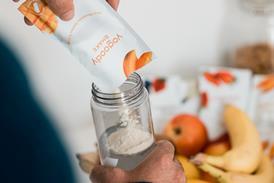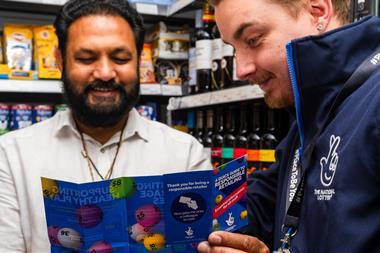Therefore, it is often the mother who tends to make the purchasing decisions on batteries, and she is as likely to go for a mid-price or own label as a premium brand. "She'll shop on price-point first and then look at the other issues," says Hunt. This will obviously benefit secondary brands like Rayovac, which can compete keenly on price but sidestep the distrust some consumers feel for own label alternatives.
At the other end of the spectrum are those consumers who are looking not for quantity, but for quality  the premium and super-premium consumers who feature so predominantly in studies of segmentation in the market.
Those looking for premium batteries to satisfy high-drain electronic appliances like an mp3 player or digital camera are younger, predominantly male early-adopters with high disposable income. "A carefully thought-out battery range that takes into account buyer demographics is vital for any proprietor," says Tim Clark of Panasonic. It certainly wouldn't be wise to ignore the relatively pricy branded premium plus alkaline or photo lithium ranges that these customers need, he said.
There seems to be a specific profile for the rechargeable buyer. "The typical rechargeable user is a 35 to 44-year-old man, probably with a family,"says Uniross marketing manager Simon West.
What motivates people to buy rechargeables is a mixture of cost-consciousness and a desire for convenience, with early-adopters gradually being joined by those who simply want to cut down on hassle and expenditure.
But is enough being done to target all these consumers? "TV advertising is certainly on the decline," says Paul Fildes, senior key account manager at Varta.
"It is at the point of sale that you must really shine," he says.
{{FOCUS ON }}
At the other end of the spectrum are those consumers who are looking not for quantity, but for quality  the premium and super-premium consumers who feature so predominantly in studies of segmentation in the market.
Those looking for premium batteries to satisfy high-drain electronic appliances like an mp3 player or digital camera are younger, predominantly male early-adopters with high disposable income. "A carefully thought-out battery range that takes into account buyer demographics is vital for any proprietor," says Tim Clark of Panasonic. It certainly wouldn't be wise to ignore the relatively pricy branded premium plus alkaline or photo lithium ranges that these customers need, he said.
There seems to be a specific profile for the rechargeable buyer. "The typical rechargeable user is a 35 to 44-year-old man, probably with a family,"says Uniross marketing manager Simon West.
What motivates people to buy rechargeables is a mixture of cost-consciousness and a desire for convenience, with early-adopters gradually being joined by those who simply want to cut down on hassle and expenditure.
But is enough being done to target all these consumers? "TV advertising is certainly on the decline," says Paul Fildes, senior key account manager at Varta.
"It is at the point of sale that you must really shine," he says.
{{FOCUS ON }}















No comments yet